Mangrove ecosystems are the most important and characteristic littoral plant formations of tropical and subtropical sheltered coastlines. Mangroves have suffered from a very poor reputation in the last several decades and further, have often been considered unsafe, worthless and harmful flies and mosquito-infested areas, being avoided by the people. Until very recently, mangrove swamps were often considered unattractive and frequently cut down for fire wood. In-times they have been re-evaluated due to their principal ecological functions such as breeding, spawning, hatching and nursery grounds for a variety of marine fauna. They also play a major role in shoreline stability and prevent excessive erosion. They are systems of both high organic production and nutrient traps. Mangroves reduce the flow of nutrient loads into the sea and support the growth of seagrasses and corals around coastal regions. The mangrove ecosystem is highly productive and helps in exchange of matter and energy with adjacent terrestrial and marine ecosystems. The different macro habitats of the mangroves support rich and taxonomically diverse microbial, floral and faunal components, making this ecosystem a reservoir for abundant and unique biodiversity. Next to their ecological value, mangroves provide abundant commercial products, generating much needed economic opportunities in the coastal regions. The most important component of the economic potential of mangroves is the use of their biodiversity such as fishes, crustaceans and molluscs. The fish is considered as one of the most important components of the mangrove fauna. The mangroves usually grow in sheltered low lying coastal areas, mudflats, tidal creeks, backwaters, marshes, lagoons and estuaries of tropical and subtropical regions of the world. In India mangroves are distributed along the east and west coasts and Andaman and Nicobar Islands covering an estimated area of 6,740 sq. km., which constitutes about 7% of the world mangroves. The three different types of mangrove forests found in India are deltaic, backwater or estuarine and insular types. The mangrove vegetation usually grows on soft or compact mud, sandy-mud and rocks or adjacent to reefs.
Mangrove Ichthyofauna of Andaman and Nicobar Islands, Bay of Bengal
$54.00
$60.00
In stock
Free & Quick Delivery Worldwide
All orders amounting to US$ 50 or more qualify for Free Delivery Worldwide. For orders less than US$ 50, we offer Standard Delivery at $14 per book.
ABOUT THE AUTHOR D.V. Rao
Dr. D.V. Rao had his early education in his native town, Rajahmundry of East Godavari District, Andhra Pradesh. He received his M.Sc. Degree in Zoology (Marine Biology) and Ph.D. for studies on Reef Fishes of Andaman and Nicobar Islands from Andhra University, Visakhapatnam. Dr. Rao is Scientist in the Andaman and Nicobar Regional Station of Zoological Survey of India at Port Blair. He is also a PADI Scuba Diver. During the posting at Port Blair, he extensively surveyed Andaman and Nicobar Islands including many remote and uninhabited islands and studied mainly the reef associated fauna, particularly fish and soft corals. In addition to several research publications to his credit, Dr. Rao authored three books: Ichthyofauna of Bay Islands, Poisonous and Venomous Fishes of Andaman and Nicobar Islands and Soft Corals of Andaman Islands. The present Guide to Reef Fishes of Andaman and Nicobar Islands, like the earlier works, is the outcome of dedicated and sincere efforts during field studies for more than a decade in these islands. This is the first comprehensive publication on Indian Reef Fish Biodiversity dealing with more than 700 spectacular and colourful denizens. The book is designed to serve as a valuable field guide to amateurs, ichthyologists, reef-watchers, conservators etc.
reviews
0 in total
Review by Anonymous
Be the first to review “Mangrove Ichthyofauna of Andaman and Nicobar Islands, Bay of Bengal” Cancel reply
You must be logged in to post a review.
Bibliographic information
Title
Mangrove Ichthyofauna of Andaman and Nicobar Islands, Bay of Bengal
Author
Edition
1st ed.
Publisher
ISBN
8181711496
Length
xvi+224p., Figures.
Subjects
more by D.V. Rao see more
similar bookssee more
Diversity of Reef Associated Macrofauna of Rutland Island, Andaman and Nicobar Islands
Contents: I. Introduction. ...
$73.80
$82.00

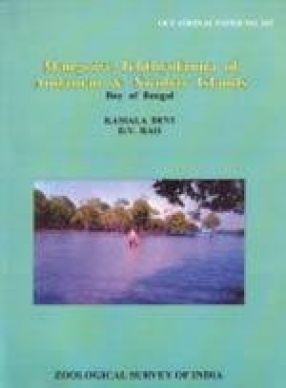
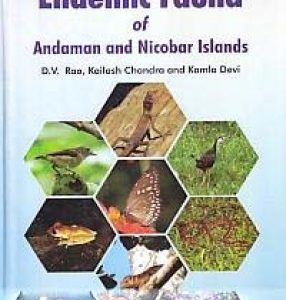
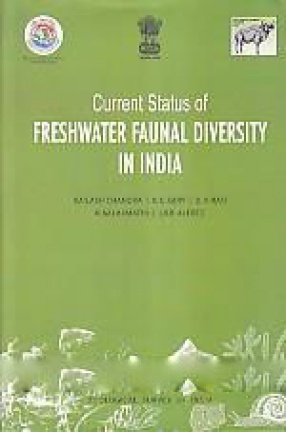
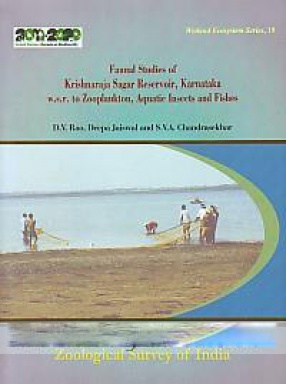

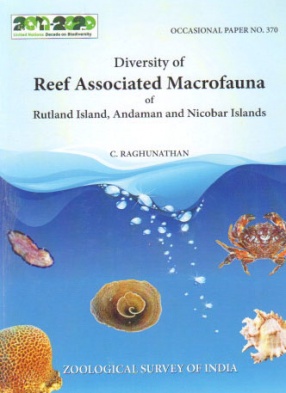

There are no reviews yet.